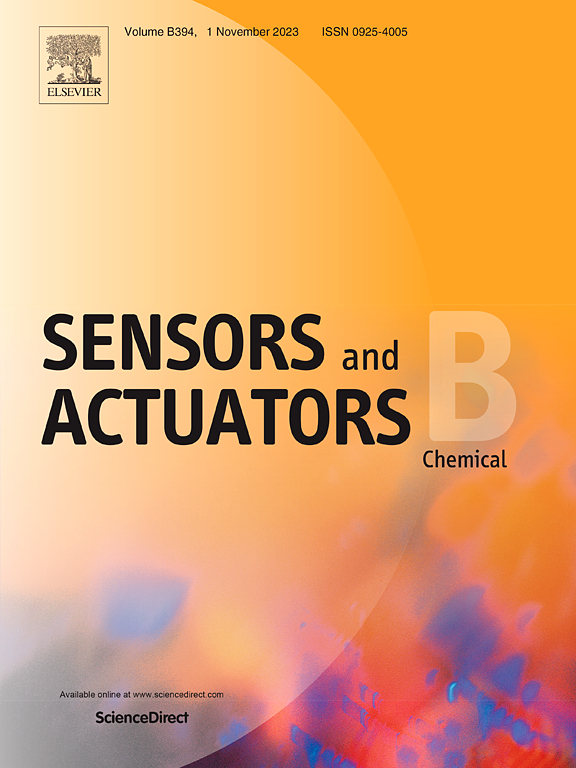疏水碳点探针筛选速溶咖啡和果汁粉混合合成卡西酮
IF 8
1区 化学
Q1 CHEMISTRY, ANALYTICAL
引用次数: 0
摘要
合成卡西酮是一类结构和外观各异的新型精神活性物质,有粉剂、片剂、丸剂等多种形式,造成了严重的社会问题。为了吸引青少年,合成卡西酮可能会与速溶咖啡和果汁粉混合。在复杂基质中检测这些药物的困难使合成卡西酮的缉获复杂化。利用疏水色氨酸碳点(htC-dots)组成的液液萃取探针试剂盒,对速溶咖啡和果汁粉中混合的4-氯甲基卡西酮(4-CMC)和其他合成卡西酮进行检测。此外,还开发了一种自制的荧光检测器,该检测器由Arduino系统控制,用于htC-dot探针套件。对于4-CMC,酶标仪的动态范围和检出限分别为0.125 ~ 0.75 mM和0.08 mM,自制荧光检测器的动态范围和检出限分别为0.25 ~ 5 mM和0.42 mM。探针试剂盒的感觉机制是在302 nm激发波长下,通过电子和热电子转移对hc -dots进行光致发光(PL)猝灭。对5个品牌速溶咖啡和果汁粉的基质效应进行了评价,并制备了一种切断htC-dot溶液来评估htC-dot探针试剂盒的准确性。最后,采用hplc -dot探针试剂盒对24份实际样品进行检测,并采用气相色谱-质谱联用仪(GC-MS)对结果进行验证。结果表明,htcdot探针试剂盒在速溶咖啡和果汁粉中合成卡西酮的现场检测中具有较大的潜力。本文章由计算机程序翻译,如有差异,请以英文原文为准。
Screening synthetic cathinones mixed with instant coffee and fruit juice powder using hydrophobic carbon dot probes
Synthetic cathinones, a category of new psychoactive substance (NPS) with diverse structures and appearances in forms such as powder, tablets, and pills, have caused severe social problems. To make them attractive to teenagers, synthetic cathinones may be mixed with instant coffee and fruit juice powders. Difficulties in detecting these drugs in complex matrices complicate seizure of synthetic cathinones. Herein, a novel probe kit comprising hydrophobic tryptophan-carbon dots (htC-dots) with a liquid–liquid extraction procedure was used to detect 4-chloromethcathinone (4-CMC) and other synthetic cathinones mixed into instant coffee and fruit juice powder. Additionally, a self-made fluorescence detector controlled with an Arduino system was developed for the htC-dot probe kits. For 4-CMC, the dynamic ranges and detection limits were assessed as 0.125–0.75 mM and 0.08 mM, respectively, for the microplate reader and as 0.625–5 mM and 0.42 mM, respectively for the self-made fluorescence detector. The sensory mechanism of the probe kit involved photoluminescence (PL) quenching of htC-dots through electron and hot electron transfer under an excitation wavelength of 302 nm. The matrix effects of five brands of instant coffee and fruit juice powder were evaluated, and a cut-off htC-dot solution was prepared to assess htC-dot probe kit accuracy. Finally, 24 real-world samples were tested using the htC-dot probe kits, and the results were confirmed using gas chromatography–mass spectrometer (GC–MS). The results suggested that the htC-dot probe kits have considerable potential for on-site screening of synthetic cathinones mixed into instant coffee and fruit juice powder.
求助全文
通过发布文献求助,成功后即可免费获取论文全文。
去求助
来源期刊

Sensors and Actuators B: Chemical
工程技术-电化学
CiteScore
14.60
自引率
11.90%
发文量
1776
审稿时长
3.2 months
期刊介绍:
Sensors & Actuators, B: Chemical is an international journal focused on the research and development of chemical transducers. It covers chemical sensors and biosensors, chemical actuators, and analytical microsystems. The journal is interdisciplinary, aiming to publish original works showcasing substantial advancements beyond the current state of the art in these fields, with practical applicability to solving meaningful analytical problems. Review articles are accepted by invitation from an Editor of the journal.
 求助内容:
求助内容: 应助结果提醒方式:
应助结果提醒方式:


